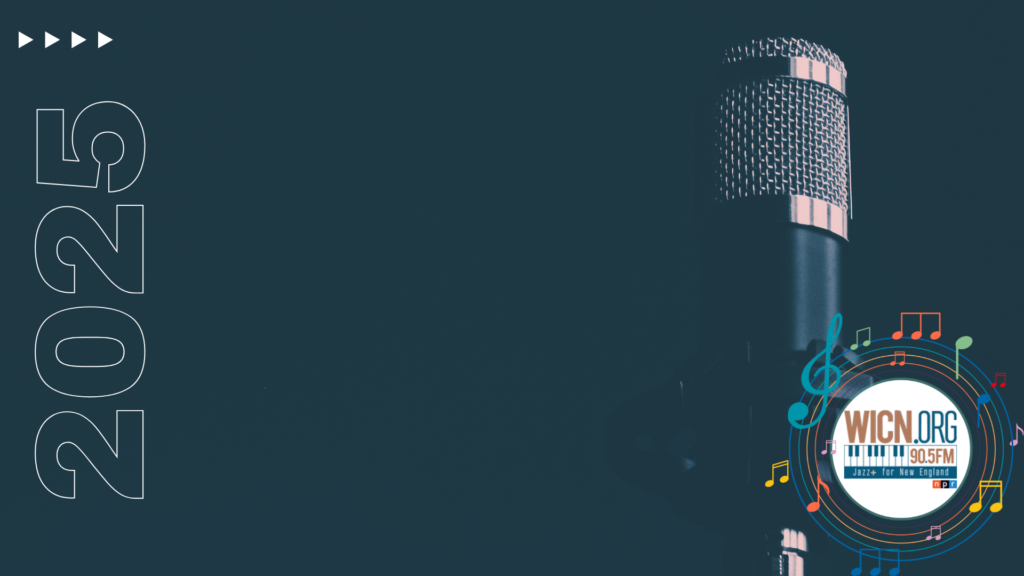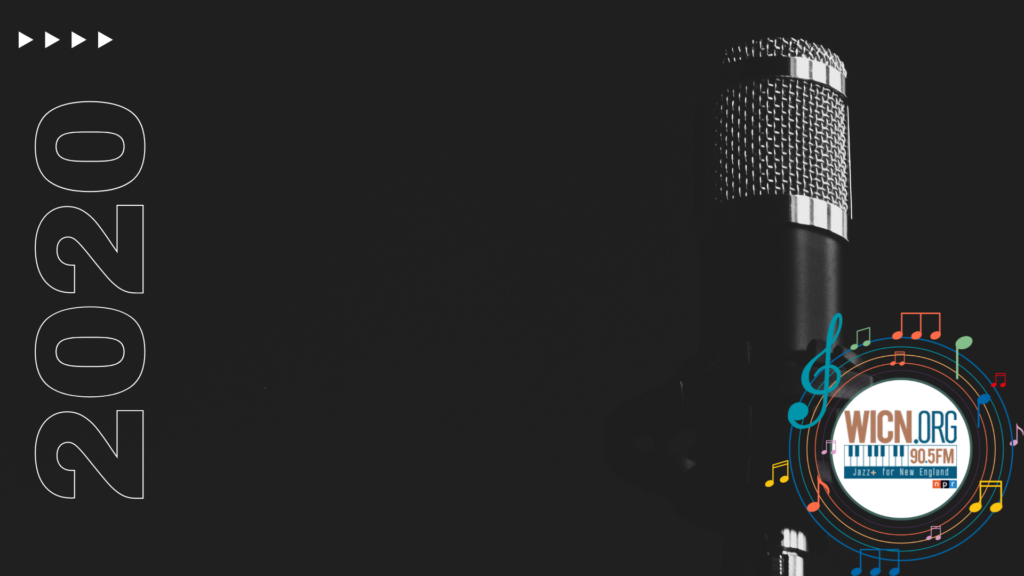Jimmy Smith: WICN Artist of the Month, July 2020
Written by Emily Morrow on July 1, 2020
Jazz fans sometimes have trouble connecting with the outside world on the matter of music, even with friends. Who is Eric Dolphy? Why can’t she just sing the melody? How do you follow this music? There’s seemingly no common ground to meet on. Jimmy Smith is often the solution to that problem: in among the records by Helen Reddy or Prince, your friend will have acquired one or two Jimmy Smith platters that you can bond over. Organist Smith is that breath of fresh air—a unifying force, whose velvet groove we can all relax into. From his dramatic emergence in the mid-1950s until his passing in early 2005, Smith was the most famous jazz organist on the planet, and helped many find their way into the music through the door that adjoins funk and soul.
Jimmy Smith came from Norristown, Pennsylvania, on the north of Philadelphia, born in November of what is most often reported as 1925. Some early exposure as a child performer led him to become a pianist in groups in the Philadelphia area before and after Navy service in the late 1940s. Back home in Philadelphia, he studied formally at two different music schools. Somewhere in his mid-twenties, Jimmy Smith caught the wave of interest in the electric organ as an excitingly different keyboard sound. Smith remained a switch-hitter through his early career, playing both instruments through the first half of the 1950s.
Then things got interesting. Jimmy Smith decided once and for all that he was going with the organ. He rented a warehouse in the area, parked his instrument there full time, and used the next year as a sort of sabbatical in what jazz people call the woodshed—that is, retreating to a place where you can concentrate and get your chops together, without having to worry about disturbing the neighbors.
(You may notice an echo in Jimmy Smith’s early musical story with John Coltrane’s course: They’re contemporaries, both Navy vets, attended one of the same music schools, then trained on the road with R&B bands, though not the same ones. Saxophonist Coltrane actually worked in a Jimmy Smith group briefly in Philadelphia just before they both broke through to national acclaim. Smith and Coltrane made their first leader records in the same year, and both had towering 1957 successes for Blue Note. After their emergence, their sounds diverged significantly, but they do have in common an intense period of self-study while forming their artistic selves.)
The organ had been at risk of being typecast into several roles—the corny soundtrack from ballparks and roller rinks, or stately, severe funeral and church music. Even now some jazz fans cringe at the very mention of the instrument because of those associations. When Wild Bill Davis (who was Jimmy Smith’s most direct inspiration), Bill Doggett, and Milt Buckner landed on the Hammond B-3 as the preferred organ, they showed how to use it in an orchestral way, as a substitute for a room full of big-band players. Jimmy Smith outlined a different path, based on using particular combination of stops on the versatile instrument. Like all jazz innovators he personalized his sound.
We credit the colorful raconteur and vocalist Babs Gonzalez for bringing Jimmy Smith’s talent to the attention of Blue Note producer Alfred Lion, and therewith into the limelight in New York City. Smith’s 1956 debut as leader was the first of nearly 30 (!) Blue Note LPs that came from his first recording deal. Even the titles made it clear where he was coming from: House Party, The Sermon, Home Cookin’, Plain Talk, Prayer Meetin’, Back at the Chicken Shack. Good time music, swinging ferociously, endlessly inventive as an improviser. The early epithet stuck with him for years: “The Incredible Jimmy Smith.” His music could be the perfect soundtrack for the party you brought it to, or the raison d’etre for a party. And that’s only part of it: from the beginning, Smith’s sessions were also intended for the jukebox trade, and Blue Note 45s came out of nearly every session.
Jimmy Smith’s sound tapped and also strengthened the enormous African-American listenership for jazz sounds in the Fifties and Sixties. His subject matter was Blues and standards, delivered in a blend of sassy call-and-response chants and surprising acrobatics, all built on the mellow, simmering foundation of the Hammond B-3 organ. And the vehicle, for at least the early Jimmy Smith projects, was his often band of organ, guitar and drums. A saxophonist (or several, or other horn players, usually fellow Blue Note artists) could be added in to jam, but a bass instrument was never needed and seldom used. The Hammond instrument had six octaves on the manuals for the hands to play, and also two octaves of bass notes to be operated by the feet. That’s the bass component for the Jimmy Smith Trio in performance and on record.
The B-3 had other advantages. For a touring artist playing in local venues all across the country, there was a danger in trusting that the house piano was up to snuff. Saxophonist Lou Donaldson played with Smith briefly and knew the problem from touring with his own band: It was easier to tow a small cargo trailer for your own familiar instrument than it was to guess and miss with the house piano.
By the early Sixties Jimmy Smith was thriving, popular, and prolific. He signed with Verve Records and embarked on a whole new world of summit meetings with Wes Montgomery and Kenny Burrell, special themed novelties like Peter And the Wolf, and concerto-style recordings arranged by Oliver Nelson, Lalo Schifrin, Claus Ogerman, and others. 1962’s “Walk on the Wild Side” (not to be confused with Lou Reed’s related song) heralded his change of scenery.
Smith’s trio was a worldwide fixture—still playing the club circuit while now headlining at festivals. Only occasionally did that exact band show up on his newly produced records; through the Seventies and Eighties, those comprised a few snapshots of either his road band in action, or a yet untried combination of Jimmy Smith’s magic carpet with a special guest. Smith lived to see his grooves be cherished and sampled by the Beastie Boys and others…
…and to predict the 21st Century syndrome, the “Dot Com Blues”.
Groove with us and Jimmy Smith all through July on 90.5.


Its Outlet On July 22, 2020 at 10:42 am
That’s the bass component for the Jimmy Smith
Trio in performance and on record.
The B-3 had other advantages.